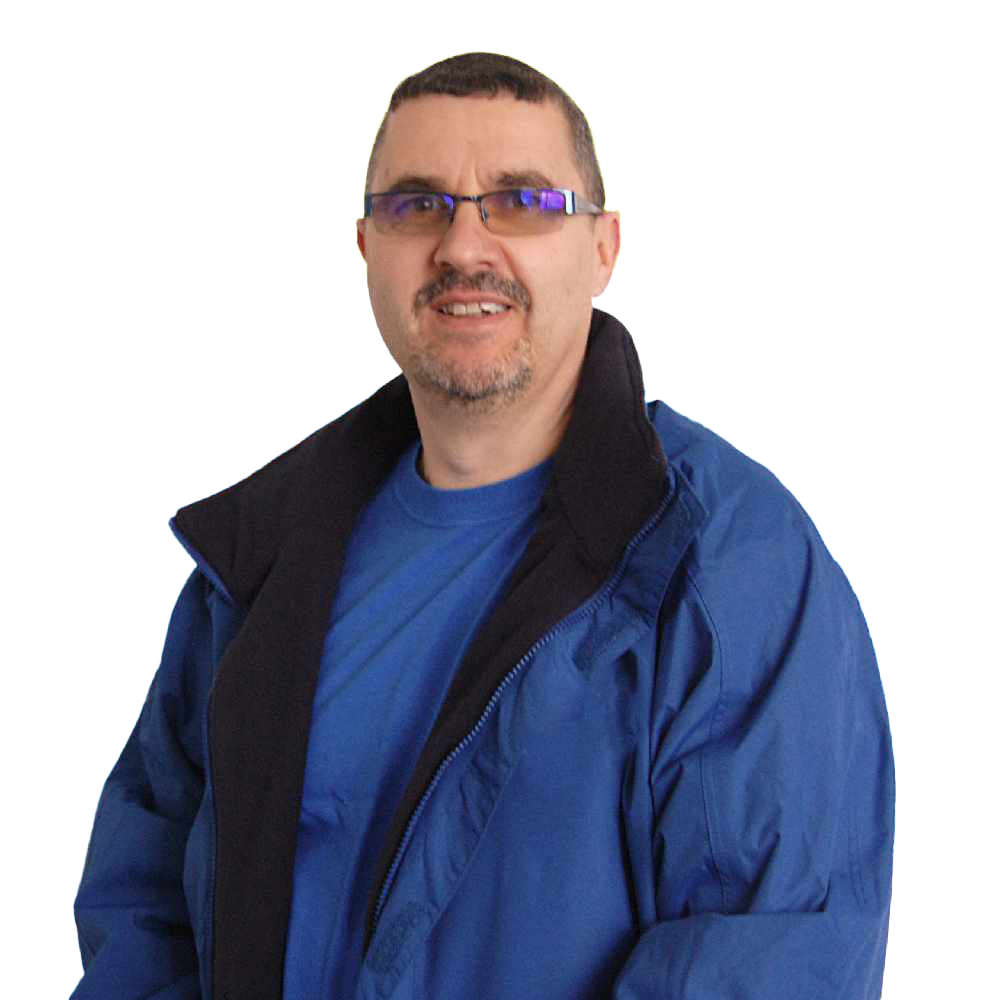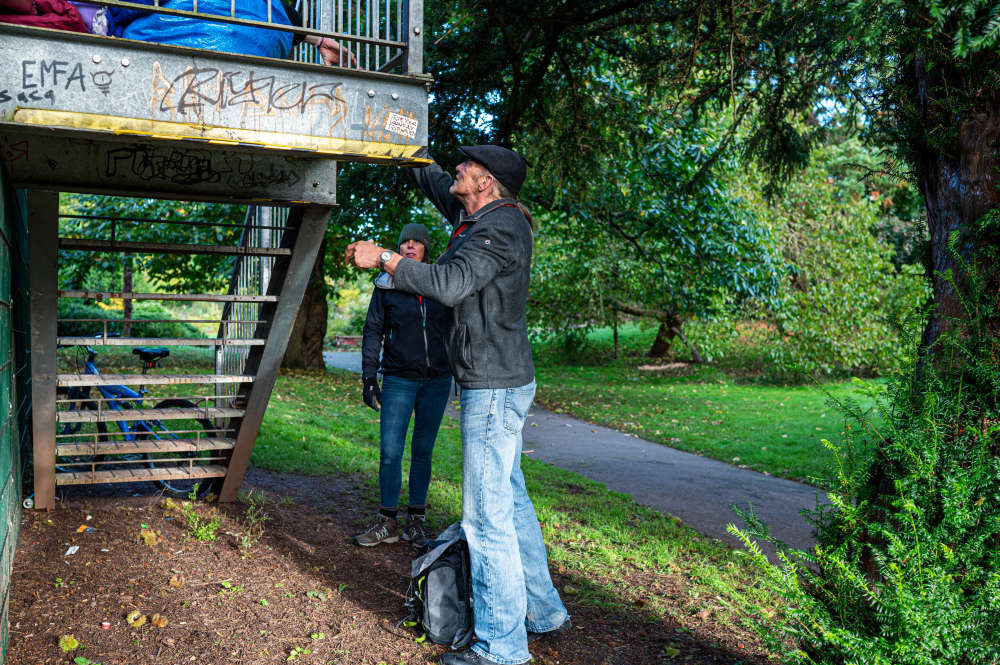
City homelessness charity St Petrock’s has expressed deep concern about the official rough sleeper annual snapshot count in Exeter, carried out on the night of 11th-12th November last year.
City homelessness charity St Petrock’s has expressed deep concern about the official rough sleeper annual snapshot count in Exeter, carried out on the night of 11th-12th November last year, the results of which were published on Thursday.
According to the charity, the figure published by the Ministry of Housing, Communities, and Local Government (MHCLG) is a significant under-estimate of the true scale of rough sleeping in the city and is very misleading. Whereas the official figure was just 11 people sleeping rough on the night of the count, the St Petrock’s own analysis on the day after the count indicates the true figure was approximately 24.
Whilst St Petrock’s believes that the extent of rough sleeping is consistently underestimated by the methodology used by Exeter City Council, this year the scale of under-reporting is so great that it has decided to publicly call on the City Council to change the methodology it uses for the count.
Peter Stephenson, Chief Executive of St Petrock’s explained, “Every autumn, all local authorities are required by the government to estimate the number of people sleeping rough in their area on a typical night. To ensure consistency, local authorities must use one of the methods specified by the Ministry of Housing Communities and Local Government. In Exeter’s case, the City Council has for many years opted for a physical count where teams scour the city and count the number of rough sleepers found on a given night.
“However, this way of estimating the number of rough sleepers is almost by definition an underestimate as the criteria set by MHCLG states that, in order to count, a rough sleeper must be observed either bedded down or about to bed down on the night. This sounds fine, but it means anyone sleeping rough who is not located by the team doesn’t get counted, and anyone not bedding down or about to bed down when they are seen doesn’t get counted either, even if they are known to be sleeping rough.
“It is well known that some people sleeping rough, particularly women, conceal themselves well for their personal safety, or stay up all night to keep safe. As those doing the count won’t see these people, or when the see them they won’t be bedded down, then they are not counted even though Council officers and charities supporting homeless people know they are sleeping rough.”
“This year’s official count in Exeter was extremely low in comparison to the numbers we know are sleeping rough in the city, even more adrift from reality than normal, for a variety of reasons, which is why we are calling for a change in methodology for future counts.”
“To be clear, St Petrock’s isn’t suggesting our colleagues at the City Council or anyone else is deliberately manipulating the figures. But the fact of the matter is that basing rough sleeper numbers on a physical count using the MHCLG methodology consistently underestimates the actual level of rough sleeping in the city year after year. This year, the snapshot count didn’t even account for half of those we know were sleeping rough that night and so bears no resemblance to reality.”
“As a charity, we have therefore asked Exeter City Council to abandon the count-based estimate of rough sleeper numbers, and instead to use one of the other methods approved by the Government, which also take into account the knowledge of charities working every day with homeless people, whether or not these people were actually observed bedded down on the night of the count.”
As well as calling on the City Council to change the way it estimates rough sleeping numbers, St Petrock’s is also calling on MHCLG to change the definition of rough sleeping it uses for the snapshot as this definition is at the root of the inaccurate estimates of the extent of rough sleeping. The current definition excludes anyone who isn’t actually bedded down or about to bed down when they are seen, even if the person is known by all the different agencies to be sleeping rough. The MHCLG definition also excludes anyone who is not actually observed on the night of the official annual count, and so anyone who has hidden themselves well to stay safe fails to be included in the official estimate simply because they are not seen by those carrying out the count.
Peter Stephenson explains why the charity believes it is time to change the approach used in Exeter: “Our concern is that both Government and local Councils need accurate statistics to inform strategy, funding and to measure progress towards ending rough sleeping. Whilst we know the annual snapshot isn’t the only number used to inform strategy, it is the main figure that is quoted publicly, and so it is vital that we have an accurate picture locally and nationally. Inaccurate data about the numbers sleeping rough will deliver inadequate strategies to address rough sleeping, and can lead agencies to congratulate themselves for bringing down rough sleeping when this is just not the case. Repeated underestimation of the true extent of rough sleeping risks complacency when the reality is that far too many people – many more people than are acknowledged by the annual snapshot – are living without even the most basic form of shelter from the elements.
“The City Council and local charities are working hard to address rough sleeping, but their efforts have been undermined by national factors beyond their control for very many years. We don’t help anyone by pretending things are better than they are. To suggest, as Exeter City Council’s website has, that there were just 11 people sleeping rough in November and that rough sleeping is at its lowest level ever is incredibly unhelpful and misleading. Anyone walking through the city centre can see that this is just not the case, and our data shows rough sleeping numbers are now regularly in the 30s.”
St Petrock’s opens its doors every weekday to provide shelter from the elements for rough sleepers, and to provide them with hot food and drinks, clothing, sleeping bags and showers, as well as one-to-one help to get people back on their feet again. Team members also walk many miles a day to connect with those on the city’s streets, offering them food and drink as well as inviting them to get further help at the St Petrock’s Centre on Cathedral Green. This daily contact with those sleeping rough in Exeter gives the charity a unique in-depth understanding of what is really happening on our streets.
Peter Stephenson explained, “Every week our team carries out an analysis of those we are working with to arrive at our best estimate of the numbers sleeping rough in Exeter. At the moment the team is regularly reporting numbers in the mid to high 30s. The annual snapshot of 11 bears no resemblance at all to reality. We can do better than this.”

 RAF Exeter Town Show: A Weekend of Discovery and Excitement
RAF Exeter Town Show: A Weekend of Discovery and Excitement
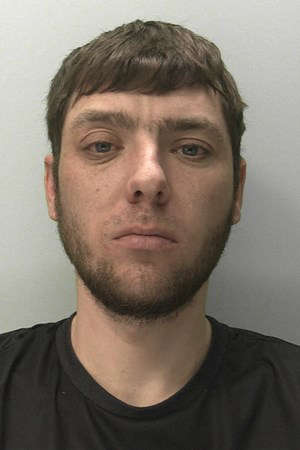 Police are seeking the public’s help to find a wanted Exeter man
Police are seeking the public’s help to find a wanted Exeter man
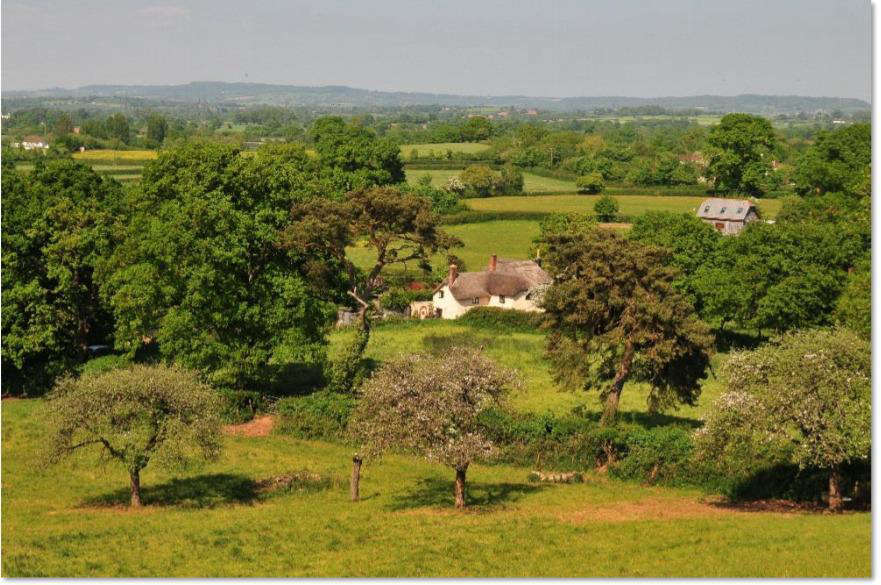 East Devon environment budget cut by £50k as demands get tougher
East Devon environment budget cut by £50k as demands get tougher
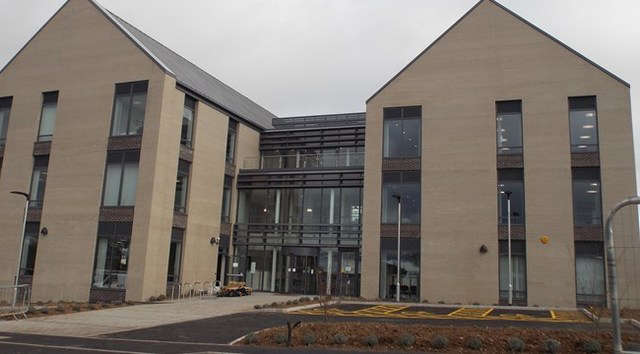 Online petition system set to launch in East Devon
Online petition system set to launch in East Devon
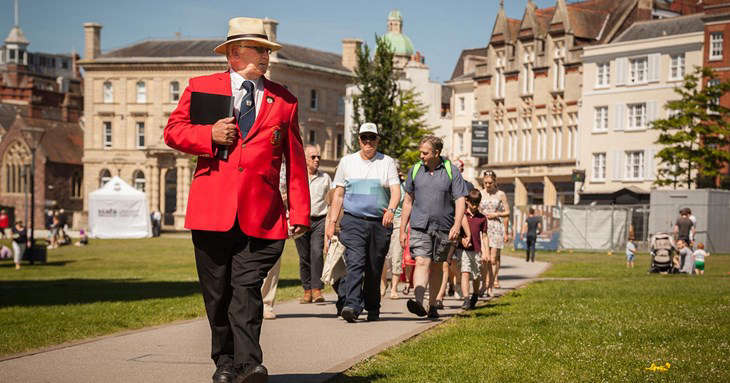 New Red Coat tours revealed as part of summer programme
New Red Coat tours revealed as part of summer programme
 Devon Loves Dogs is best practice
Devon Loves Dogs is best practice
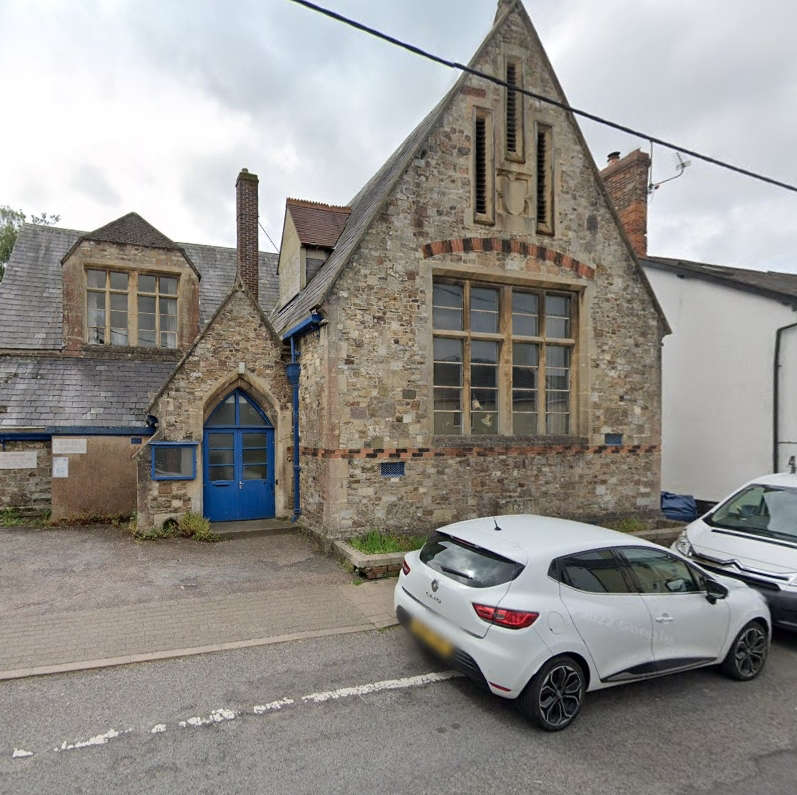 Food bank retained amid former boys’ school transformation into homes
Food bank retained amid former boys’ school transformation into homes
 Local Role Models Empower Sidmouth College Girls for Career Success
Local Role Models Empower Sidmouth College Girls for Career Success
